Low-cost monitoring device uses light to quickly detect oil spills
 Simple sensing device could make cleanup easier by identifying the type of oil involved in a spill.
Simple sensing device could make cleanup easier by identifying the type of oil involved in a spill.
Mar 6th, 2017
Read more
 Simple sensing device could make cleanup easier by identifying the type of oil involved in a spill.
Simple sensing device could make cleanup easier by identifying the type of oil involved in a spill.
Mar 6th, 2017
Read more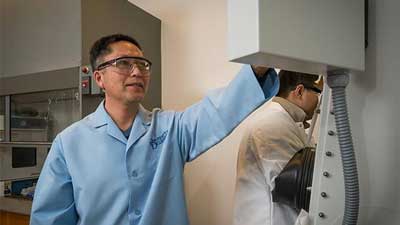 Scientists have demonstrated a new polysulfide entrapping strategy that greatly improves the cycle stability of Li-S batteries.
Scientists have demonstrated a new polysulfide entrapping strategy that greatly improves the cycle stability of Li-S batteries.
Mar 6th, 2017
Read more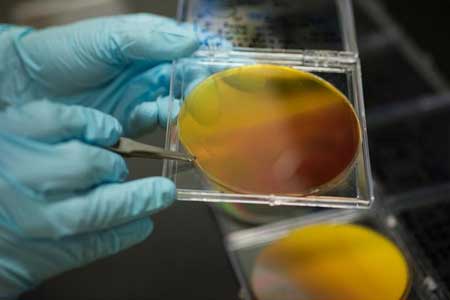 A new materials discovery approach puts solar fuels on the fast track to commercial viability.
A new materials discovery approach puts solar fuels on the fast track to commercial viability.
Mar 6th, 2017
Read more Tiny force can propel hot circuits through coolant.
Tiny force can propel hot circuits through coolant.
Mar 6th, 2017
Read more A new, freely accessible database of organic and organometallic materials' electronic structures is now available online for research with quantum materials.
A new, freely accessible database of organic and organometallic materials' electronic structures is now available online for research with quantum materials.
Mar 6th, 2017
Read more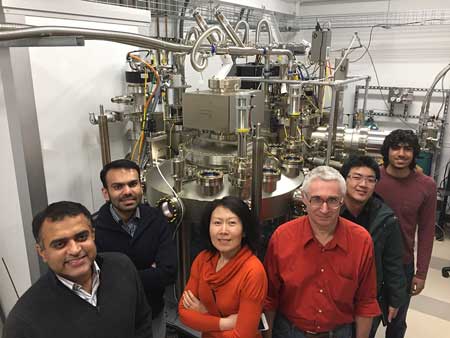 Researchers have demonstrated the ability to produce deep-ultraviolet emission using an LED light source, potentially solving several problems related to quantum efficiency of current devices.
Researchers have demonstrated the ability to produce deep-ultraviolet emission using an LED light source, potentially solving several problems related to quantum efficiency of current devices.
Mar 3rd, 2017
Read more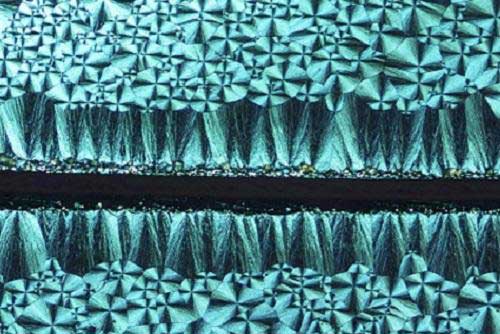 Varying the thickness of crystallizing materials facilitates control over the patterns and properties of crystals.
Varying the thickness of crystallizing materials facilitates control over the patterns and properties of crystals.
Mar 3rd, 2017
Read more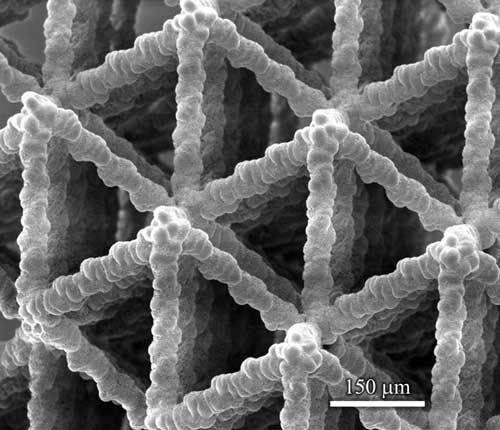 Researchers have developed a unique, 3D manufacturing method that for the first time rapidly creates and precisely controls a material's architecture from the nanoscale to centimeters - with results that closely mimic the intricate architecture of natural materials like wood and bone.
Researchers have developed a unique, 3D manufacturing method that for the first time rapidly creates and precisely controls a material's architecture from the nanoscale to centimeters - with results that closely mimic the intricate architecture of natural materials like wood and bone.
Mar 3rd, 2017
Read more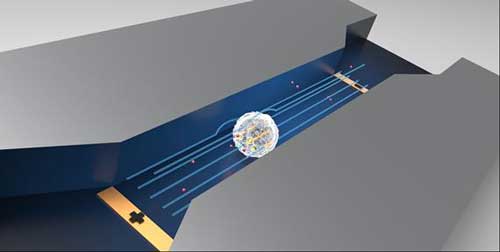 Scientists have developed a novel, microfluidic platform for monitoring electroporation and molecular delivery at the single cell-level.
Scientists have developed a novel, microfluidic platform for monitoring electroporation and molecular delivery at the single cell-level.
Mar 3rd, 2017
Read more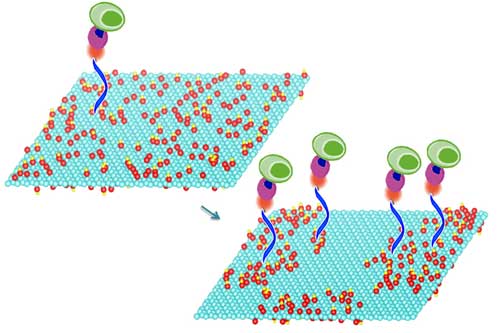 New method could enable pinpoint diagnostics on individual blood cells.
New method could enable pinpoint diagnostics on individual blood cells.
Mar 3rd, 2017
Read more First-principles calculations reveal that defects at the surface of oxidized silicon nanoparticles are the root cause of the blinking.
First-principles calculations reveal that defects at the surface of oxidized silicon nanoparticles are the root cause of the blinking.
Mar 3rd, 2017
Read more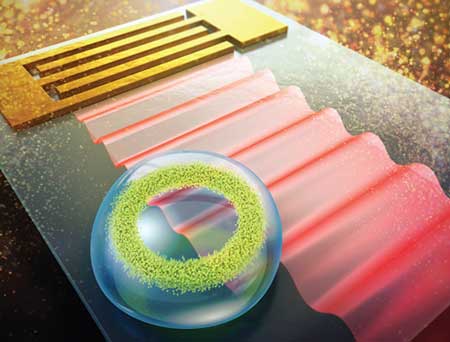 Sound waves in the form of surface acoustic waves are utilized to manipulate a sessile droplet of liquid and suspended micro-objects.
Sound waves in the form of surface acoustic waves are utilized to manipulate a sessile droplet of liquid and suspended micro-objects.
Mar 3rd, 2017
Read more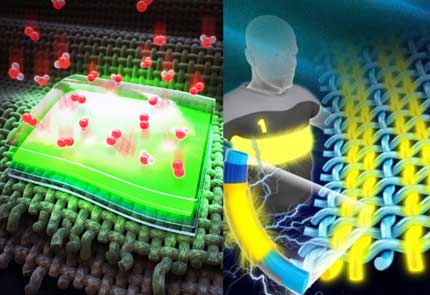 Based on actual fabrics and fibers, highly durable and high-luminance light-emitting clothes were realized. An era of wearable and fashionable displays is expected to arrive soon.
Based on actual fabrics and fibers, highly durable and high-luminance light-emitting clothes were realized. An era of wearable and fashionable displays is expected to arrive soon.
Mar 3rd, 2017
Read more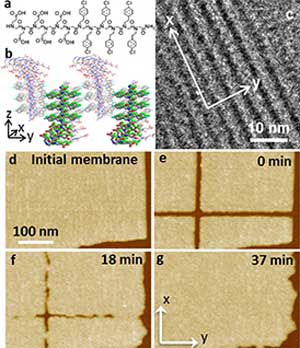 Cell-membrane-like films precisely reconfigure to produce valuable materials by design.
Cell-membrane-like films precisely reconfigure to produce valuable materials by design.
Mar 2nd, 2017
Read more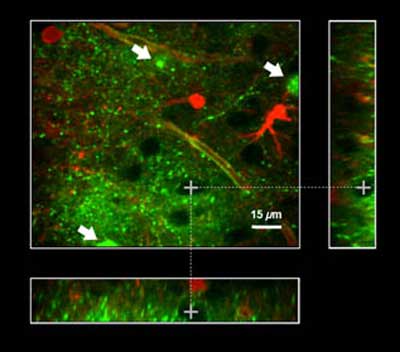 A new paper describes a new nanosensor design that enables more accurate mapping of the brain and shows the way forward for future sensors and a broader range of applications.
A new paper describes a new nanosensor design that enables more accurate mapping of the brain and shows the way forward for future sensors and a broader range of applications.
Mar 2nd, 2017
Read more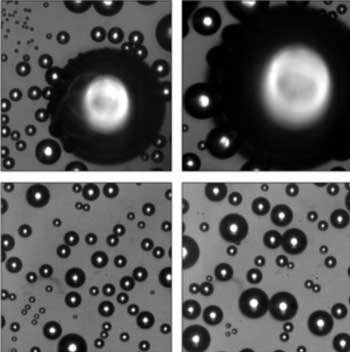 Cone-shaped nanotextures could prevent fog condensation on surfaces in humid environments, including for power generation and transportation applications.
Cone-shaped nanotextures could prevent fog condensation on surfaces in humid environments, including for power generation and transportation applications.
Mar 2nd, 2017
Read more